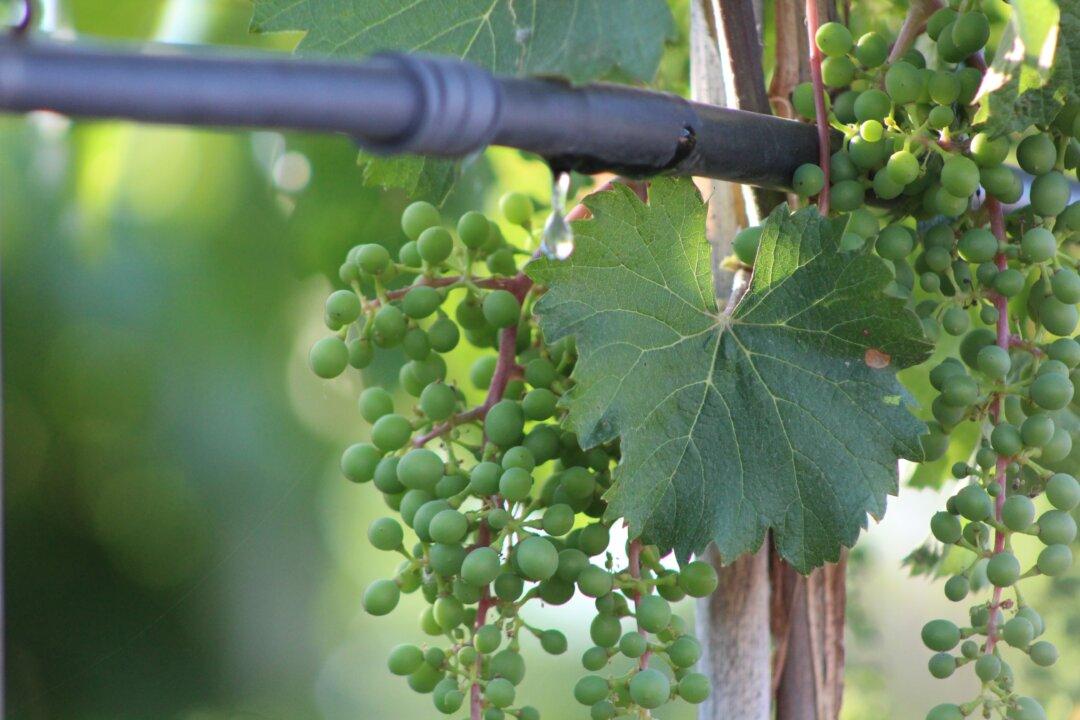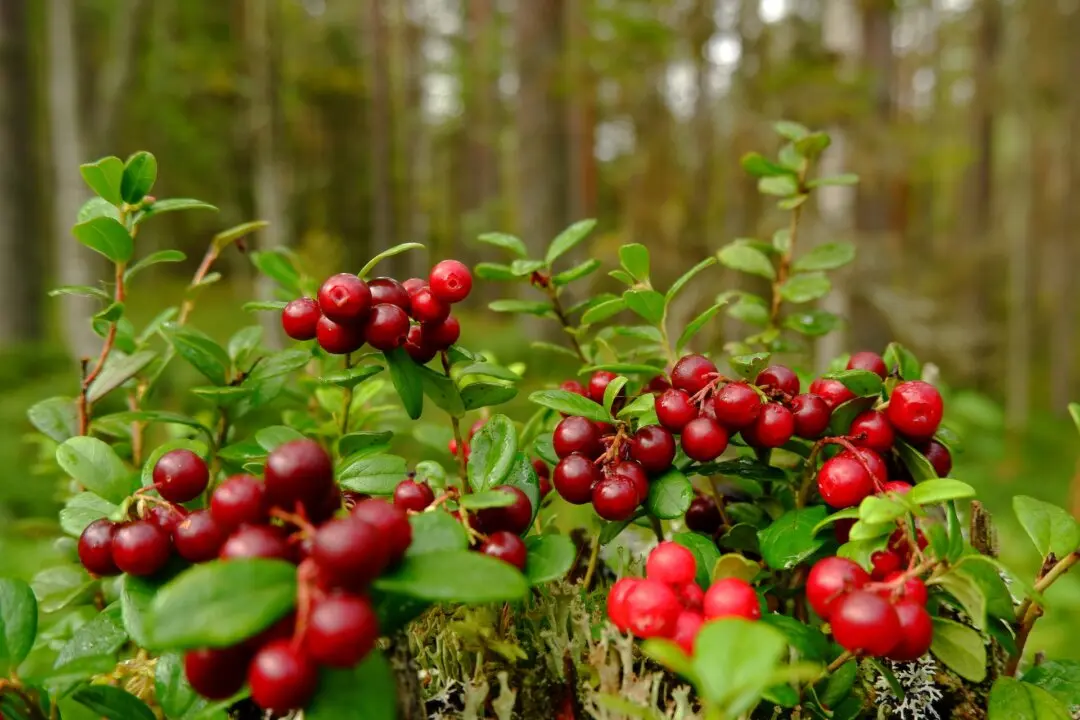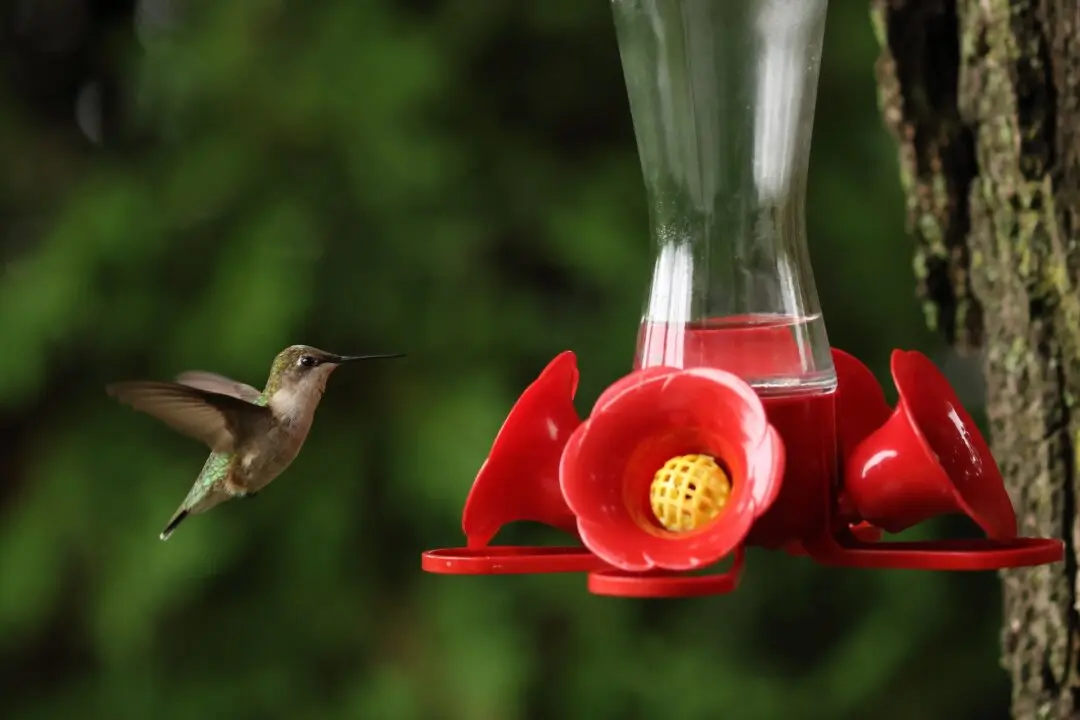Q: We have had grape vines for two years now. Several of them bloomed this spring and produced dozens of clusters of grapes. After we spent the whole summer keeping the birds, raccoons, and other animals away, the grapes are finally turning color. They are sweet but they are all the size of peas, not grapes. What can we do next year to get the grapes to grow larger? Do we fertilize or water more often, or what?
A: I think the biggest problem here is that you left dozens of clusters of grapes on the vines. Young vines don’t have a large root system or long vines with lots of leaves. Both are needed for the grape plant to provide enough water and carbohydrates to grow large grapes.





